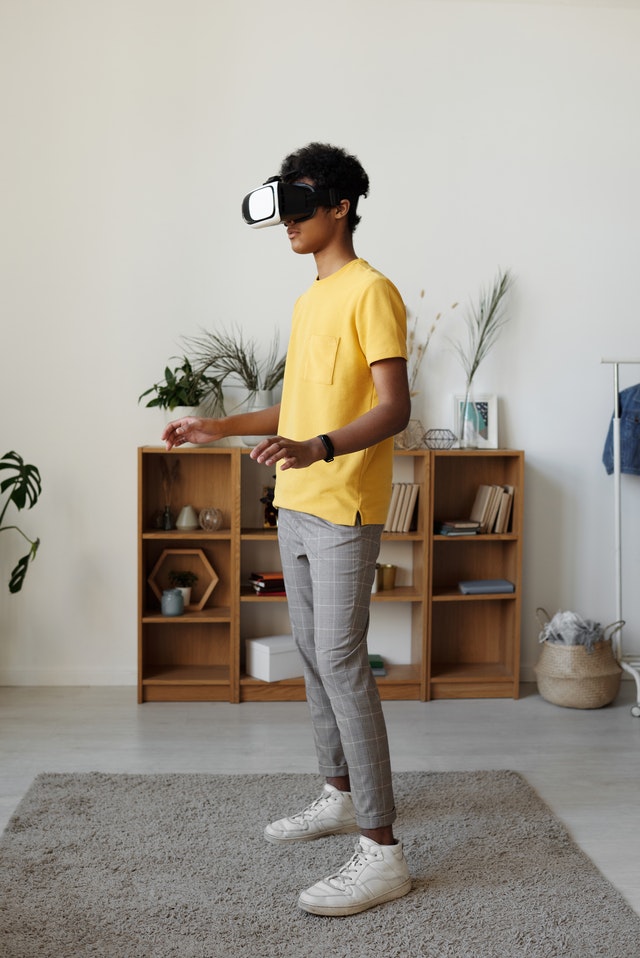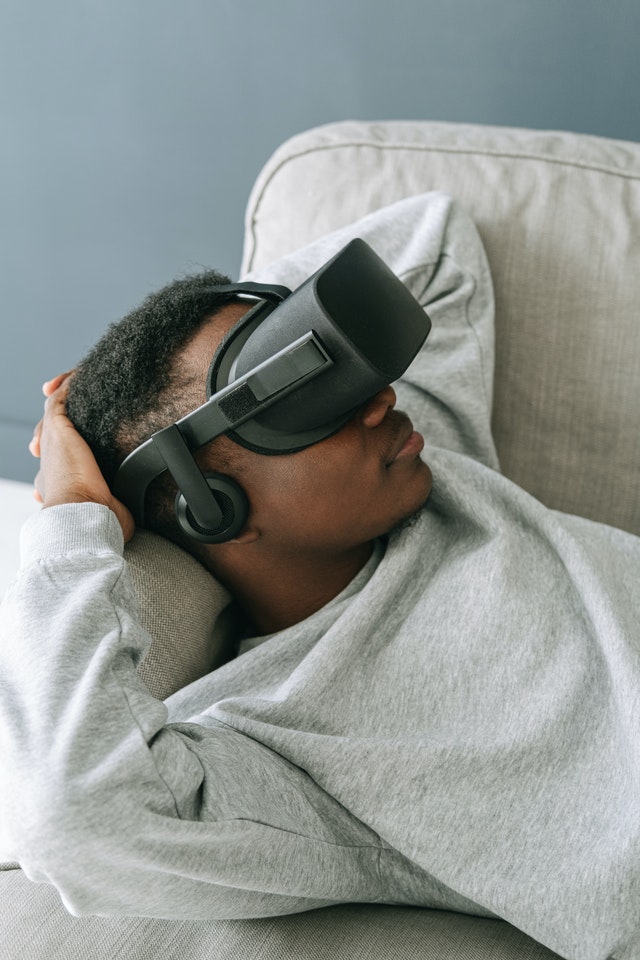It is no secret that the healthcare industry has significantly evolved over the years. From the development of the electronic health records used for handling patient data to offering remote care and treatments to patients, we see numerous medical innovations that are undoubtedly disrupting the industry.
An innovation that has been quite popular in the last few years is virtual reality. While it was first implemented in the entertainment industry, particularly in video games, nowadays VR is being used in many healthcare departments with VR physical therapy being the most common application.
These VR physical therapies have made treatment especially more convenient for patients who suffer from chronic pain in their joints or look to recover from an injury.
If you are one of those people, here is our step-by-step guide which explains how you should prepare for your VR physical therapy from the safety of your home.

Choose the right VR therapist
Your first step to getting the best VR treatment at home is to choose the right VR therapist. One way of doing so is to consider what kind of a condition you are suffering from and pick a medical professional that specializes in that particular area.
For example, if you are suffering from Parkinson’s disease, you should look for a VR therapist who can give you treatments that will help increase your overground gait speed and stride length, improve your endurance and overall balance. The therapist will keep track of your progress and change the treatments as you go.
No matter what kind of a medical problem you have, make sure your VR therapist is highly qualified and well-experienced so they can help you overcome your disabilities or dysfunctions with ease.
Get the right equipment
The first VR equipment used in healthcare was a computer and a mouse with a program that was appropriate to the condition to be treated. However, with the advancements in technology, patients are now using VR headsets that provide them with a more complete immersion in the virtual world. The device’s gyroscopic sensors, accelerometers and magnetometers help determine how a person moves and tracks their interactions in the virtual space.
Depending on the medical issue you are suffering from, the VR headset includes a variety of programs that are suited for treating different conditions.
For example, if you are looking for pain relief in your joints, with the help of your VR headset, you will be placed in a virtual environment that will divert you towards pleasant stimuli while distracting you from the pain you are feeling.
Create a suitable home environment to do VR physical therapy
Another important step you should take when getting a VR treatment is to create a suitable environment at home to do your VR physical therapy. This mainly refers to choosing a room in the house that doesn’t have a lot of furniture or other objects lying around so you can do the session without worrying you may hit something.
For example, VR physical therapies for alleviating pain after knee surgeries may require you to move your legs around so you can practice the affected area, so make sure you have enough space in the room to do that freely.
In case your knee is too weak to do the exercises standing up, consider getting a home hospital bed to alleviate pain symptoms. This bed is actually more comfortable than a regular one and you can adjust it according to your needs to make it even more comfortable.
Start your therapy
As soon as you complete the steps from above, you can start your VR physical therapy at home. Your VR therapist will give you the instructions on how to do the exercises and even virtually join you to provide you with firsthand guidance.
Depending on the condition you are treating, you may be given a collection of exercises previously composed by your VR physical therapist which can be edited manually by your instructor or they will change automatically as you reach certain goals on the program. After each accomplishment, you should meet with your therapist to tell them about the progress you have made.
Also, don’t forget to talk to your therapist to tell you how long your treatment should last as well as how many sessions per week or month you need to get the desired results.

Final thoughts
Virtual reality has become a great part of the healthcare industry as it can be used in treating various medical conditions. This is especially helpful for people who are unable to go to the hospital to get treatment due to a disability or body dysfunction.
Whether it is to relieve chronic pain in the neck or recover from an injury in the knees or shoulders, VR physical therapy is a great way to restore and maintain your body movement, and all that from the comfort of your home.
For more information about this, refer back to our guide and learn how you can apply VR for physical therapies at home.
